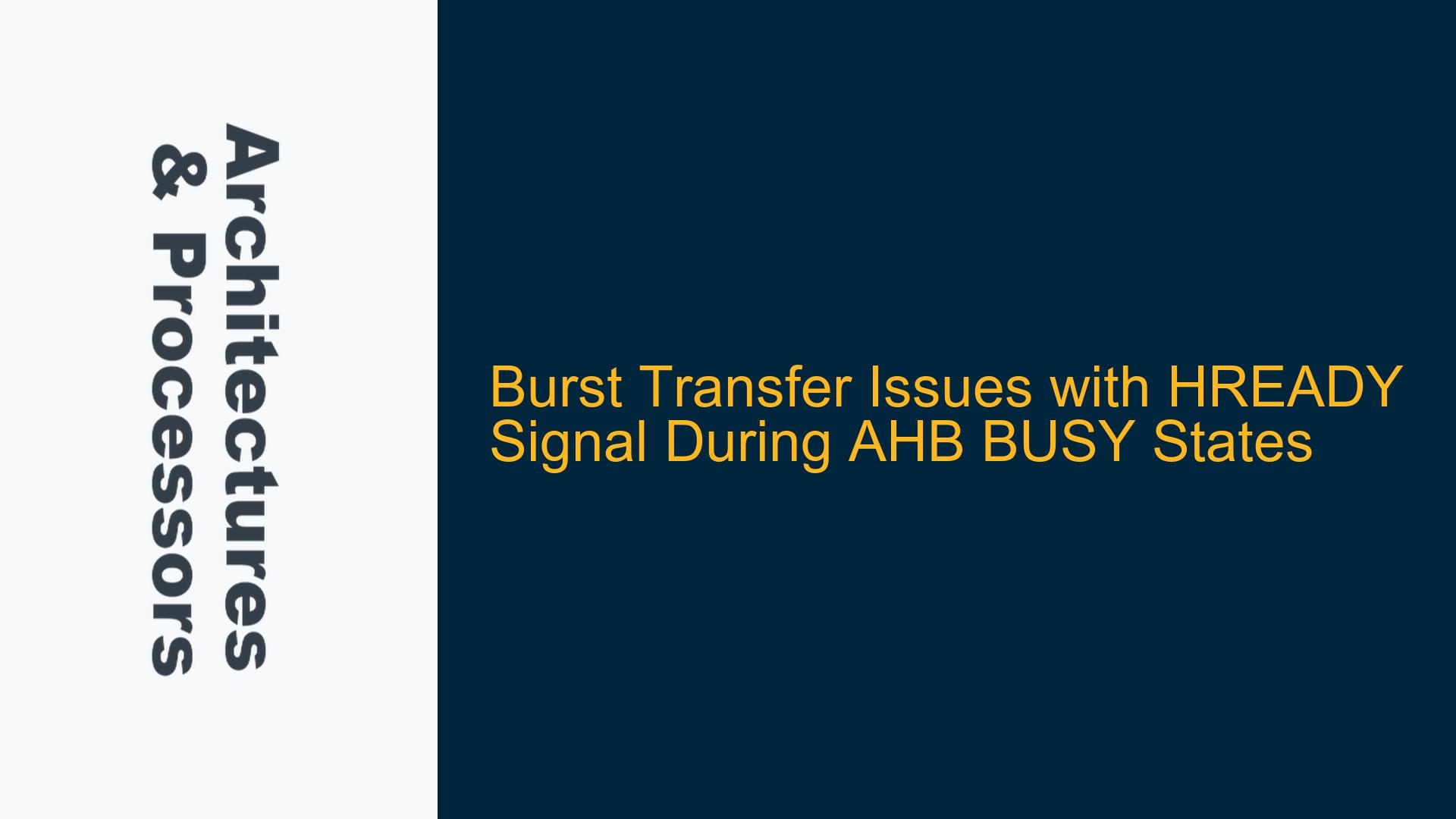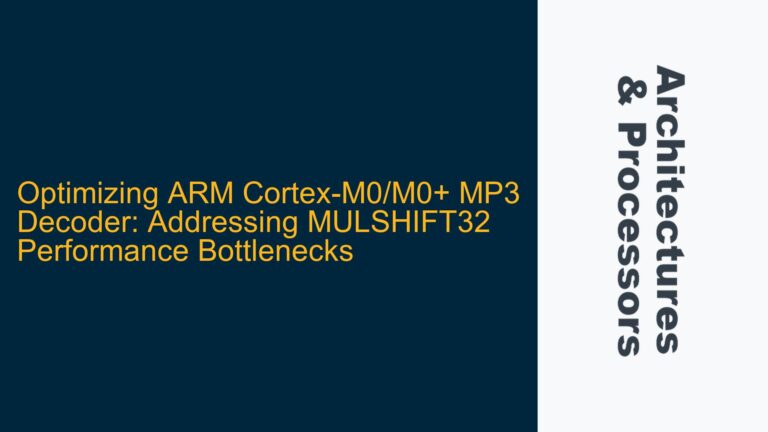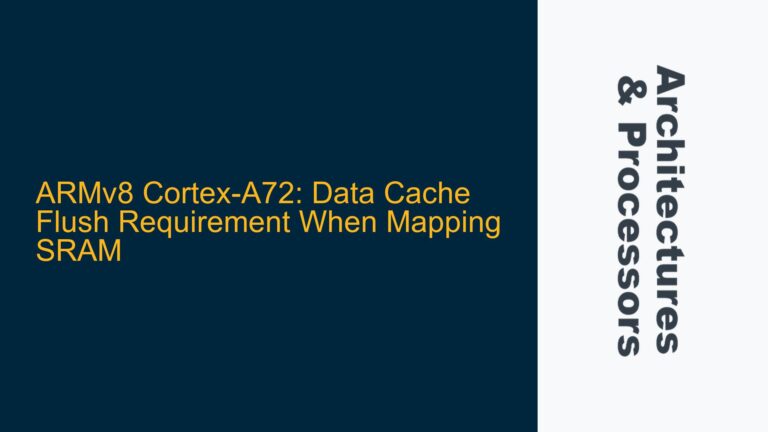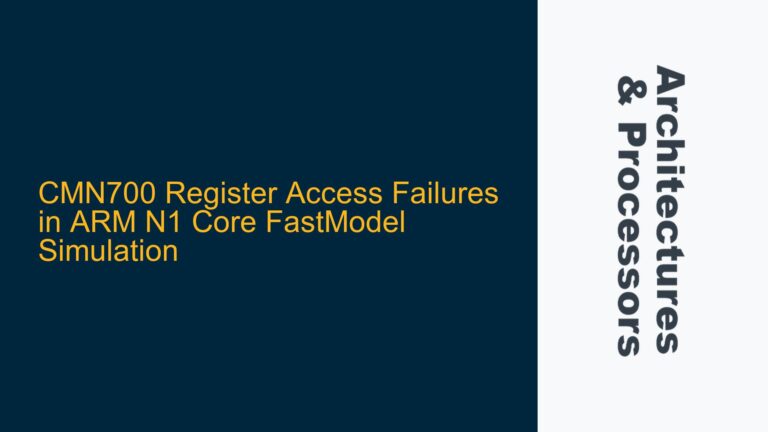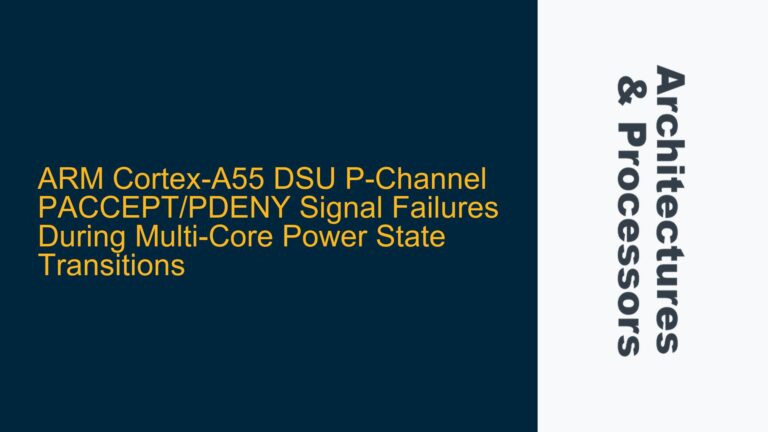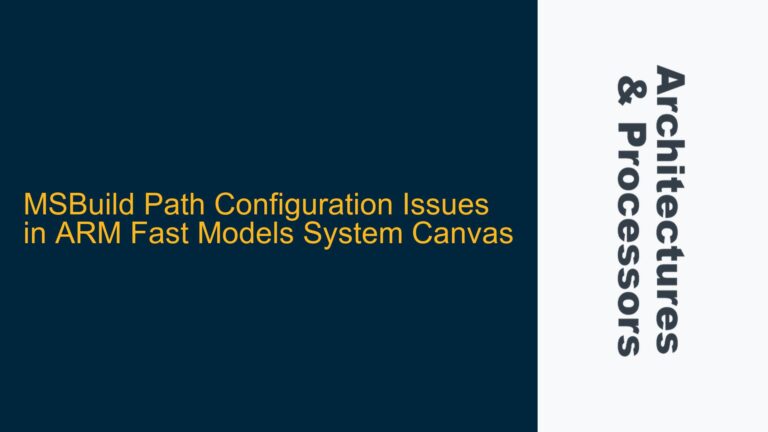AHB INCR16 Burst Transfer with BUSY States and HREADY Toggling
In AHB (Advanced High-performance Bus) protocol-based designs, burst transfers are a common mechanism to improve data throughput by allowing multiple data transactions in a single address phase. The INCR16 burst type is particularly used for transferring up to 16 beats of data in an incrementing address sequence. However, during the implementation of such burst transfers, especially when BUSY states are inserted, the behavior of the HREADY signal can become a critical point of failure. In this scenario, the HREADY signal is observed to toggle continuously during BUSY and SEQ (sequential) states, which raises questions about its compliance with the AHB protocol specifications.
The HREADY signal is a handshake signal in the AHB protocol that indicates whether the transfer has completed. When HREADY is high, the transfer is considered complete, and the next transfer can proceed. During BUSY states, the master inserts wait cycles to delay the next data transfer without changing the address or control signals. The BUSY state is typically used to allow the master to perform internal operations or to manage bandwidth. However, the HREADY signal should not be toggling during BUSY states, as this can lead to misinterpretation of the transfer completion status by the slave or other components in the system.
The core issue here is the improper handling of the HREADY signal during BUSY states in an INCR16 burst transfer. This behavior can cause timing mismatches, data corruption, or even system hangs if not addressed properly. The following sections will delve into the possible causes of this issue and provide detailed troubleshooting steps and solutions.
Incorrect HREADY Signal Behavior Due to BUSY State Misinterpretation
The root cause of the HREADY signal toggling during BUSY states can be attributed to a misinterpretation of the AHB protocol requirements for BUSY transfers. According to the ARM AHB protocol specification, BUSY transfers are used by the master to insert wait cycles into a burst transfer without advancing the address. During these BUSY states, the slave is not expected to perform any data transfer, and therefore, the HREADY signal should remain high to indicate that the transfer is complete and the system is ready for the next transaction.
However, in this scenario, the HREADY signal is toggling, which suggests that either the master or the slave is incorrectly interpreting the BUSY state. One possible cause is that the master is incorrectly driving the HREADY signal low during BUSY states, assuming that the slave needs additional time to process the transfer. This is a violation of the AHB protocol, as BUSY states are meant to be managed entirely by the master, and the slave should not be involved in the decision to insert wait states.
Another possible cause is that the slave is misinterpreting the BUSY state as a requirement to stall the transfer. This could happen if the slave is not properly configured to handle BUSY states or if there is a bug in the slave’s state machine that causes it to drive the HREADY signal low during BUSY states. In either case, the result is the same: the HREADY signal toggles during BUSY states, leading to potential system instability.
Additionally, the issue could be exacerbated by the use of an INCR16 burst transfer, which involves a large number of data beats. The complexity of managing such a long burst transfer, combined with the insertion of BUSY states, can lead to timing issues that are not immediately apparent during the design phase. This is especially true if the design does not account for the specific timing requirements of the AHB protocol during BUSY states.
Correcting HREADY Signal Behavior Through Protocol Compliance and Timing Analysis
To resolve the issue of HREADY signal toggling during BUSY states, a thorough analysis of the AHB protocol compliance and timing requirements is necessary. The following steps outline the process for identifying and fixing the problem:
-
Review the AHB Protocol Specification for BUSY States: The first step is to revisit the ARM AHB protocol specification to ensure a clear understanding of the requirements for BUSY states. Specifically, the specification states that during BUSY states, the master is responsible for inserting wait cycles, and the slave should not drive the HREADY signal low. This means that the HREADY signal should remain high during BUSY states, indicating that the transfer is complete and the system is ready for the next transaction.
-
Analyze the Master and Slave State Machines: The next step is to analyze the state machines of both the master and the slave to identify any discrepancies in their handling of BUSY states. The master’s state machine should be designed to insert BUSY states without affecting the HREADY signal, while the slave’s state machine should be designed to ignore BUSY states and keep the HREADY signal high. Any deviations from this behavior should be corrected.
-
Simulate the INCR16 Burst Transfer with BUSY States: Once the state machines have been reviewed and corrected, the next step is to simulate the INCR16 burst transfer with BUSY states to verify the behavior of the HREADY signal. The simulation should include various scenarios, such as different numbers of BUSY states inserted at different points in the burst transfer, to ensure that the HREADY signal remains high during BUSY states in all cases.
-
Perform Timing Analysis to Identify Potential Issues: In addition to functional simulation, timing analysis should be performed to identify any potential timing issues that could affect the behavior of the HREADY signal. This includes analyzing the setup and hold times for the HREADY signal, as well as any potential clock domain crossing issues that could lead to metastability. Any timing violations should be addressed through proper constraint management and design adjustments.
-
Verify the Fixes in Hardware: After the design and simulation phases, the final step is to verify the fixes in hardware. This involves running the INCR16 burst transfer with BUSY states on the actual hardware and monitoring the behavior of the HREADY signal using a logic analyzer or other debugging tools. Any remaining issues should be addressed through further design iterations.
By following these steps, the issue of HREADY signal toggling during BUSY states can be resolved, ensuring compliance with the AHB protocol and preventing potential system instability. The key is to thoroughly understand the protocol requirements, carefully analyze the design, and rigorously verify the behavior through simulation and hardware testing.
Implementing Protocol-Compliant HREADY Signal Management in AHB Designs
To prevent similar issues in future AHB designs, it is essential to implement protocol-compliant HREADY signal management. This involves adhering to the AHB protocol specifications and ensuring that both the master and slave components are designed to handle BUSY states correctly. The following guidelines can help achieve this:
-
Master Design Guidelines: The master should be designed to insert BUSY states without affecting the HREADY signal. This means that the master should not drive the HREADY signal low during BUSY states, as this is a violation of the AHB protocol. Instead, the master should manage the insertion of BUSY states internally, without involving the slave in the decision to insert wait states.
-
Slave Design Guidelines: The slave should be designed to ignore BUSY states and keep the HREADY signal high. This means that the slave’s state machine should be designed to recognize BUSY states and continue to drive the HREADY signal high, indicating that the transfer is complete and the system is ready for the next transaction. The slave should not attempt to stall the transfer during BUSY states.
-
Simulation and Verification: Rigorous simulation and verification are essential to ensure that the HREADY signal behaves correctly during BUSY states. This includes simulating various scenarios, such as different numbers of BUSY states inserted at different points in the burst transfer, and verifying that the HREADY signal remains high in all cases. Timing analysis should also be performed to identify and address any potential timing issues.
-
Documentation and Review: Proper documentation and review of the design are critical to ensuring protocol compliance. This includes documenting the design decisions related to the handling of BUSY states and the HREADY signal, as well as reviewing the design with other team members to identify any potential issues. Regular design reviews can help catch issues early in the design process, reducing the risk of costly rework later.
-
Continuous Improvement: Finally, continuous improvement is key to maintaining protocol compliance and preventing similar issues in future designs. This includes staying up-to-date with the latest AHB protocol specifications, learning from past design experiences, and incorporating best practices into future designs. By continuously improving the design process, it is possible to achieve higher levels of reliability and performance in AHB-based systems.
In conclusion, the issue of HREADY signal toggling during BUSY states in an AHB INCR16 burst transfer is a complex problem that requires a thorough understanding of the AHB protocol, careful analysis of the design, and rigorous verification. By following the guidelines outlined in this post, it is possible to resolve the issue and implement protocol-compliant HREADY signal management in future AHB designs.
